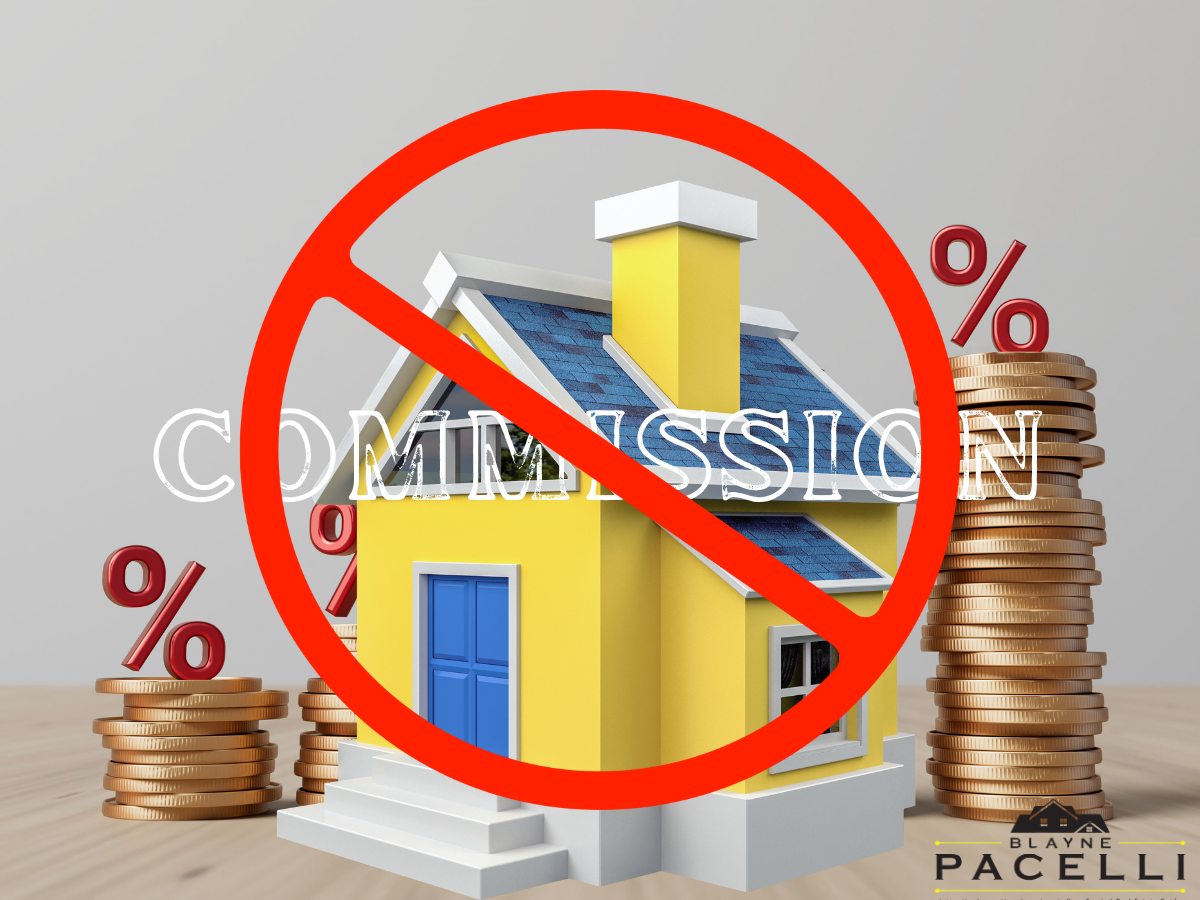September 2023 State of the Economy Report
Dear Los Angeles Homeowners and Local Businesses,
As we head into the autumn months of 2023, we want to take a moment to assess the economic landscape that affects us right here in Los Angeles. Amidst the global and local political upheavals, it's crucial to understand where we stand economically.
Gross Domestic Product (GDP)
The USA GDP for September has increased an annual rate of
3.3%. In our city, we've witnessed a consistent growth in the Gross Domestic Product (GDP). This growth has followed a U-shaped recovery pattern since the pandemic, thanks in part to the proactive measures taken by governments worldwide. Stimulus packages, infrastructure investments, and accommodative monetary policies have all contributed to this positive trend, which ultimately benefits our local businesses and residents.
Unemployment Rate for September 2023
Despite the encouraging GDP growth, unemployment rates in Los Angeles continue to be a concern. In September 2023, the unemployment rate for Los Angeles was
5.8% which has grown from 5.4% in July 2023. The pandemic brought about significant changes in how businesses operate, and as a result, unemployment rates remain slightly higher than they were before the pandemic. However, there is hope on the horizon as we observe a downward trend in unemployment rates. This signals that our local job market is gradually improving.
Inflation Rate in September 2023
The worries about inflation that loomed earlier in the year seem to have eased. Prices have been rising at a more moderate pace, suggesting a better balance between supply and demand within our local economy. This is a positive sign for sustainable economic growth in the future, ensuring that the cost of living in Los Angeles remains manageable.
The Stock Market in September 2023
Our local stock market has been performing relatively well, even though it experiences occasional fluctuations due to geopolitical tensions and supply chain disruptions. Despite this volatility, market indexes have remained near their all-time highs, showcasing the resilience of our local economy during uncertain times.
Housing Market in September 2023
For Los Angeles homeowners, the housing market remains strong. Home values continue to rise due to high demand outpacing supply. However, it's important to note that increased mortgage rates are starting to slow down this growth, which can be seen as a move towards a more balanced market as we approach 2024.
September 2023 Economy Takeaways
As of September 2023, the Los Angeles economy appears to be on a steady path to recovery, though we are not without our challenges. We must focus on addressing issues like unemployment, managing inflation, and ensuring sustainable growth in our local economy. It's evident that we are making progress toward building a resilient economic future for our city.
Stay tuned for our upcoming posts where we'll delve into the factors that are likely to shape our local economy in 2024 and beyond, providing valuable insights for both homeowners and local businesses here in Los Angeles.
If you'd like assistance in finding your perfect Los Angeles home, my name is Blayne Pacelli and I'd be happy to help. Contact me today!












